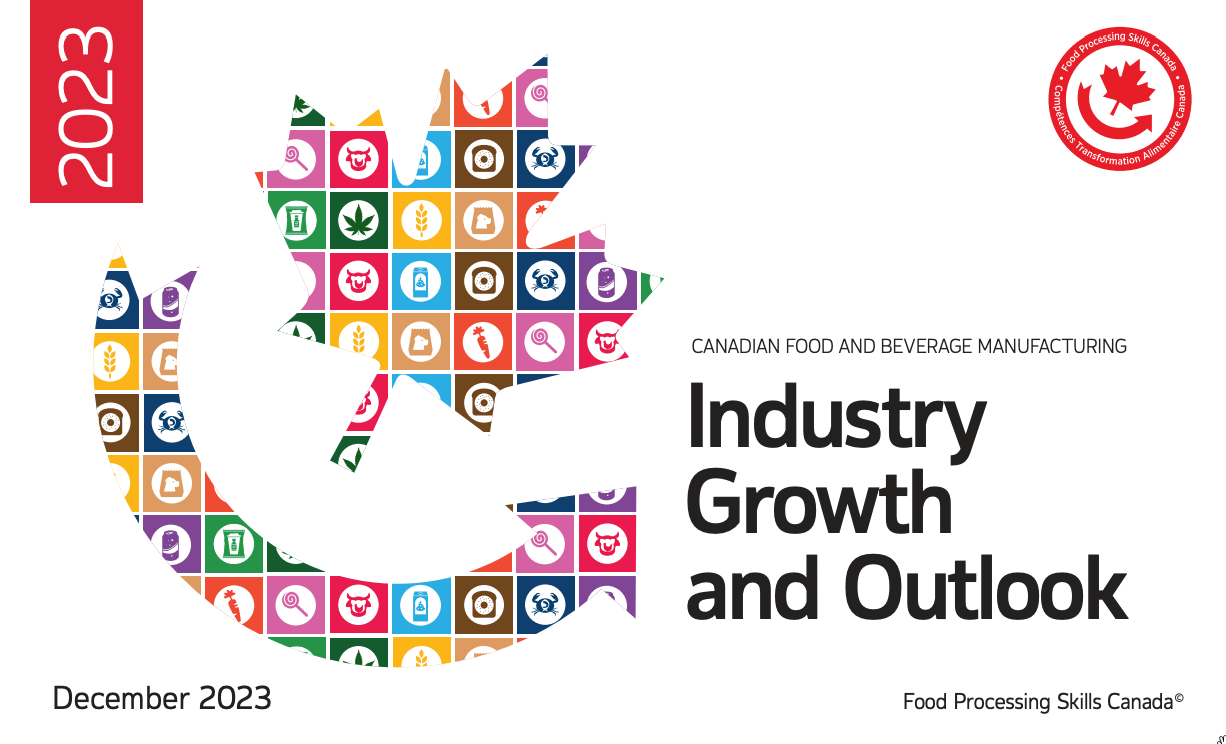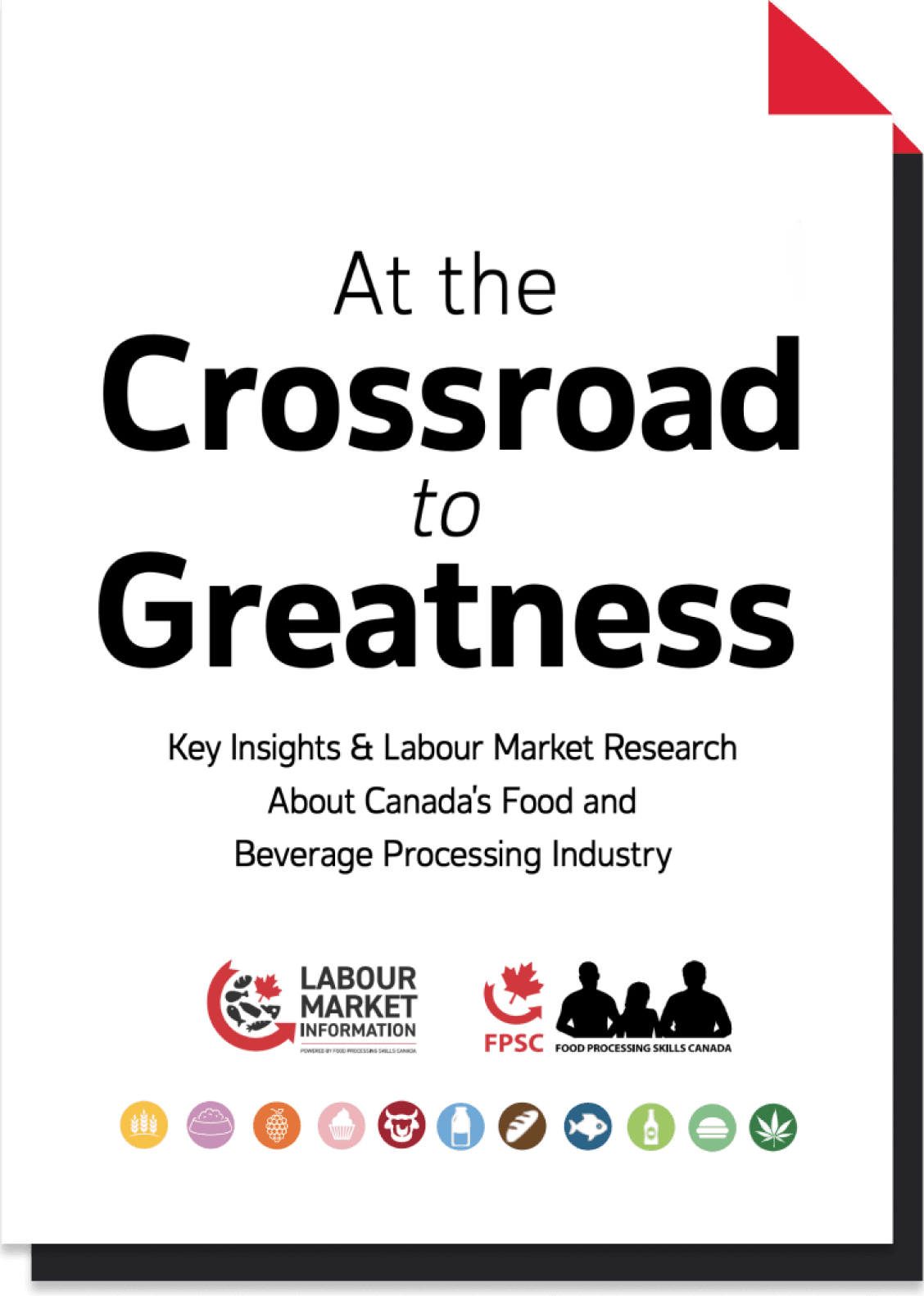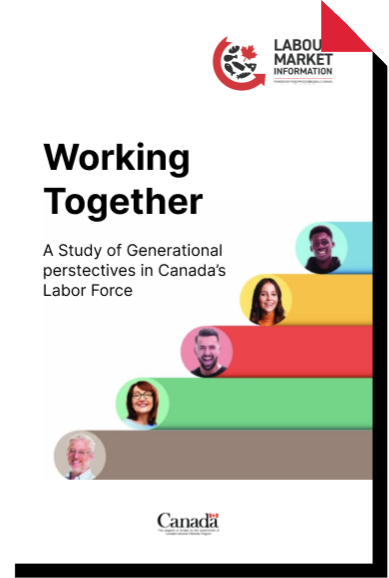Vacancy
Crisis
The vacancy crisis in Canada’s food and beverage manufacturing industry is costing the industry $3.1 billion annually in lost revenue.

Hiring requirements for the Canadian food and beverage manufacturing industry consider both industry growth and the need to replace workers who have retired or died. Replacement demand (retirements and deaths) will be the driving component for hiring over the 2023 to 2030 period with a total demand of 66,800 new workers to replace the industry’s aging workforce. These demands are accelerated toward the end of the decade as the share of workers nearing retirement age increases.
Accounting for both industry growth and the aging workforce, it is estimated that the industry will need to hire 92,500 workers over the 2023 to 2030 period. This is equivalent to approximately 31% of the 2022 workforce. When including the current labour vacancies of 50,000 workers, the hiring demand rises to 142,000 new people by 2030 or approximately 50% of today’s workforce.

What is Canada’s population growth?
- Canada’s is currently experiencing a decline in natural population growth (births minus deaths). Natural growth is anticipated to continue to decline in the coming years.
- Immigration will be the main driver of population growth over the next decade.
- Canada’s immigration target has increased from 300 thousand in 2016 to 500 thousand by 2025.
- Based on these targets its assumed:
– Canada’s population will exceed 42.1 million by 2030 (10% increase from 2021)
– Strongest growth expected in PEI (17%) and BC (15%)

The COVID-19 global pandemic has been difficult for businesses with many layoffs andclosures across the country since 2020. That said, the 2020 employment level for food andbeverage processors was at 98% of the 2019 level. For comparison purposes, manufacturing without food and beverage processing was at 91% of its 2019level and the Canadian economy as a whole at 92% of 2019 employment level.
Food and beverage processing has outperformed manufacturing and theeconomy, in addition to this, wages have risen across the food sector by $2.65/hour from 2019. Being designated as essential workers and providing stable employment in aturbulent time has helped the industry retain people, but now the industry is experiencing new challenges as the rest of the economy opens up. Increased competition for workers and changes to workplace norms such as the transition to remote work has increased the difficulties for employers in recruiting and retaining people.
Impact of COVID-19 on employment

Impact of public perceptions
Public perceptions of working in the sector has a significant impact on the labour market. To understand this better, FPSC conducted a survey in 2018 to gather insights into the perceptions, interests and motivationsof key target audiences: youth, Indigenous People, New Canadians and those with a tenuous connection to the workforce (currently unemployed and/or frequently unemployed). Members of the general public were also surveyed to provide a benchmark.
Career Perceptions and Hiring
Research conducted by FPSC gathered input from youth, Indigenous People, New Canadians and those with a tenuous connection to the workforce (currently unemployed and/or frequently unemployed). Members of the general public were also surveyed to provide a benchmark.
Similar to the general public, the four target audiences had a relatively low awareness of the food and beverage processing sector, but broadly viewed the sector more positively, and were more willing to consider taking a job in the sector. Specifically, the survey asked respondents to evaluate four specific jobs in the sector, from an entry level position to operations manager. The target audiences were much more interested than the general public in applying for all four jobs profiled. An Operations Manager position generated the most interest – 37% New Canadians, 32% of youth, and 28% of Indigenous People said they would apply, compared to only 18% of the general public.The target audiences, however, were also more likely to associate the sector with negative terms. For instance, they were less likely than the general public to use terms “happy workforce”, “innovative”, “high pay” and “high skill” in reference to jobs, and more likely to use terms like “slow” and “not able to progress.”
The hypothesis that certain labour market segments (i.e., Youth, Recent Immigrants, Indigenous People and those who are tenuously attached to the labour force) are more predisposed and open to working in the food and beverage processing industry than other Canadians was confirmed.
Consistent with the results of the initial analysis described above, recent immigrants emerged as a particularly promising segment. The deep dive analysis, however, also highlighted Indigenous People as equally receptive to working in the food and beverage processing industry, if not more so.
Analysis of Statistics Canada labour force data suggestes that the window of opportunity for hiring recent immigrants narrows over time. In 2018, the unemployment rate among immigrants who had lived in Canada between five and 10 years was about one-third lower than it was for those who had live here for no more than five years.
Resources
Videos & Webinars
On demand videos & webinars on a variety of topics.
Career Ladders
Learn about career ladders in the food and beverage processing industry.
Employer Programs
Employer programs for Canada’s food and beverage processing industry.







